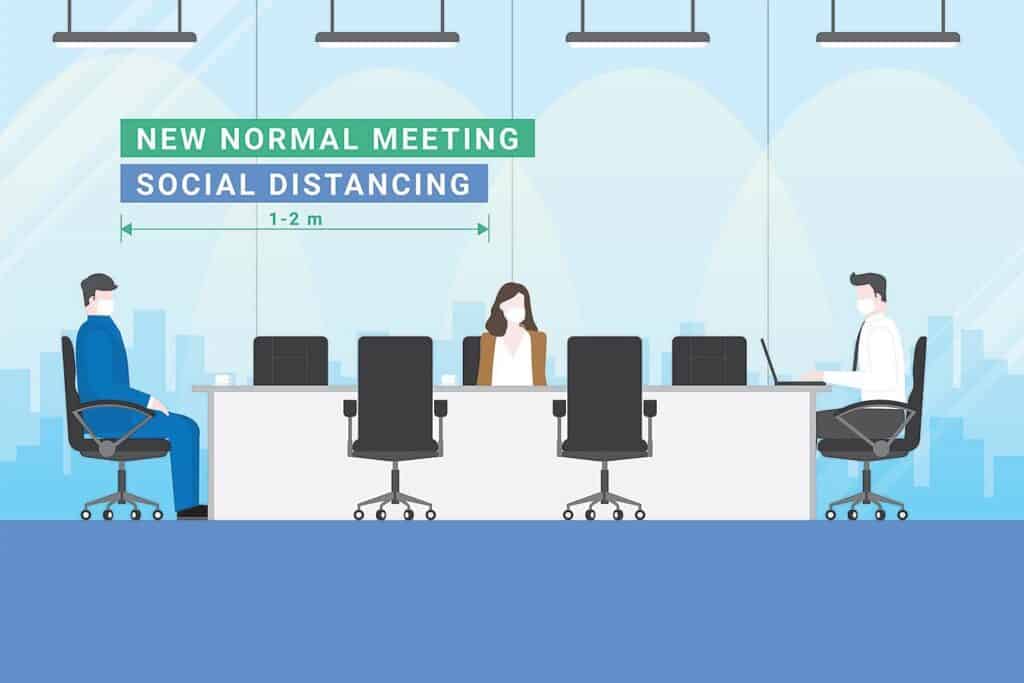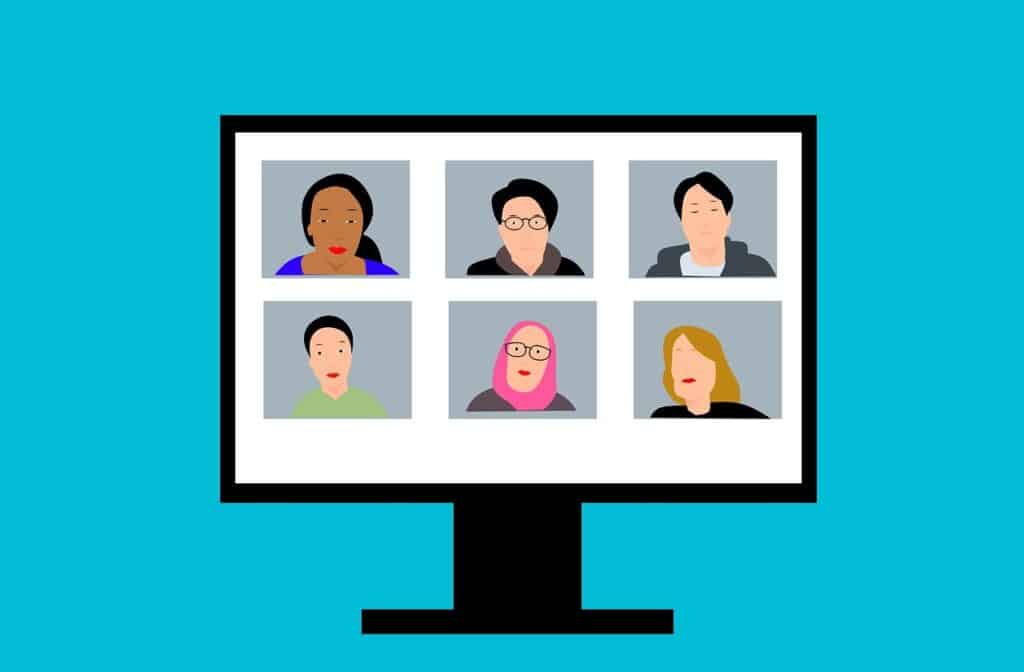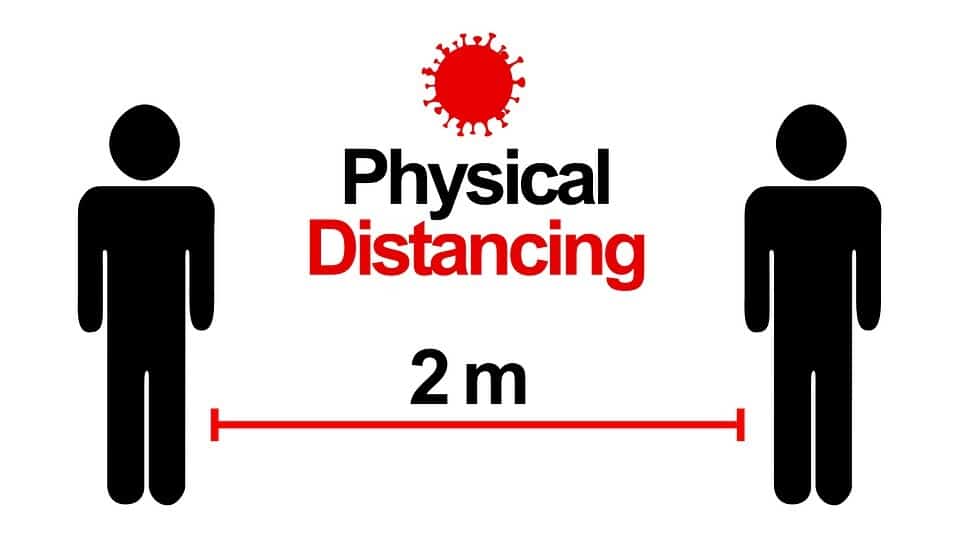It’s now more than 6 months and the coronavirus disease (Covid-19) is still wreaking havoc around the world. Some countries like Australia and New Zealand are faring better than others at containing the virus but breakouts and surges are still happening in both countries.
It looks like finding ways to cope with Covid-19 will still be a daily struggle for many individuals, businesses and countries. It has had a huge impact on our daily lives and on the workforce. Although it is hard to imagine right now, but this pandemic will end and some things will go back to normal. For others, there will be a new normal.
Some of these changes will be temporary, others permanent. Here are a few ways Covid-19 is changing the workplace.
Corporate Flexibility
When Covid-19 hit Australia, many businesses were forced to shut down or to minimize the physical appearance of staff on the workplace. This is why many employees were quick to figure out how they could work from home efficiently.
Work from home was an alien concept before but many employees and companies are now embracing this practice because it provides flexibility. Now that many companies and employees realize that they can work at home and stay productive, it will be hard to let go of this practice even if the pandemic is over.
Headquarters 2.0

According to Apple CEO Tim Cook, temperature checks and social distancing guidelines will likely be followed even if infection rates go down and they will persist until such time that advances in medicine and health bring breakthroughs. However, once the pandemic is over offices will become more about community and interaction rather than individual productivity.
Conference rooms, video studios and meeting places will dominate offices of the future and offices will become a social environment rather than a “lock me in the office” scenario. Offices will be designed for better socialization and communication in an effort to take advantage of talent when they are in 1 location. Pandemic or not, humans are not robot and thrive on human interaction which leads to productivity and innovation.
Work Ready Homes
Many remote workers did not find working from home difficult because they felt isolated; rather they were ill prepared for the sudden change in their working life. At the start, many of them did not have a work ready home or Zoom installed in their personal computers.
One of the biggest challenges remote workers had was internet performance. Many of them commented on how weak internet was at home which caused drops in productivity. Fortunately, internet for homes will improve quickly.
Home offices will also become a priority for people who are buying or renting homes. The ability to work from home will become an important factor for employees when moving.
Online Learning For All
Online learning will not just be for students anymore. Many companies are quickly learning that seminars can easily become webinars which makes it more convenient for everyone involved. It cuts down travelling accommodation expense and is more flexible for both parties.
Person-to-person learning, trainings and workshops won’t go away but they will be reserved for certain functions or personnel in the company.
Good-Bye To Business Attire
You likely dressed up for the office before Covid-19 but you don’t have to be dressed in business attire every day for remote working. Many work from home employees usually wear a smart blouse or shirt for their tops but wear comfortable bottoms with slippers. This way they are presentable enough for video calls but comfortable in their PJ bottoms, short or sweat pants.
Video Expert

Speaking of videos, many remote workers quickly became video virtuosos during the pandemic. Since video calls and meetings have become the norm; setting up video, looking good and sounding better have become important.
Remote workers had to learn to operate video apps like Zoom in order to interact and socialize with co-workers and in order to replace face-to-face meetings.
Bottom Line
According to a survey by Building20, Most Australians believed that working from home allowed them to be more productive or had minimal effect on their productivity. 45%of responders think that they were more productive while 32% thought their productivity remained the same. Overall, 51% said they prefer remote working compared to the 23% who preferred working at the office.
However, the survey also revealed a significant find: workers don’t want to go back to the inflexible working arrangements of before Covid-19. This means companies and businesses have to find ways to make a new office culture where remote work and traditional work can co-exist.



